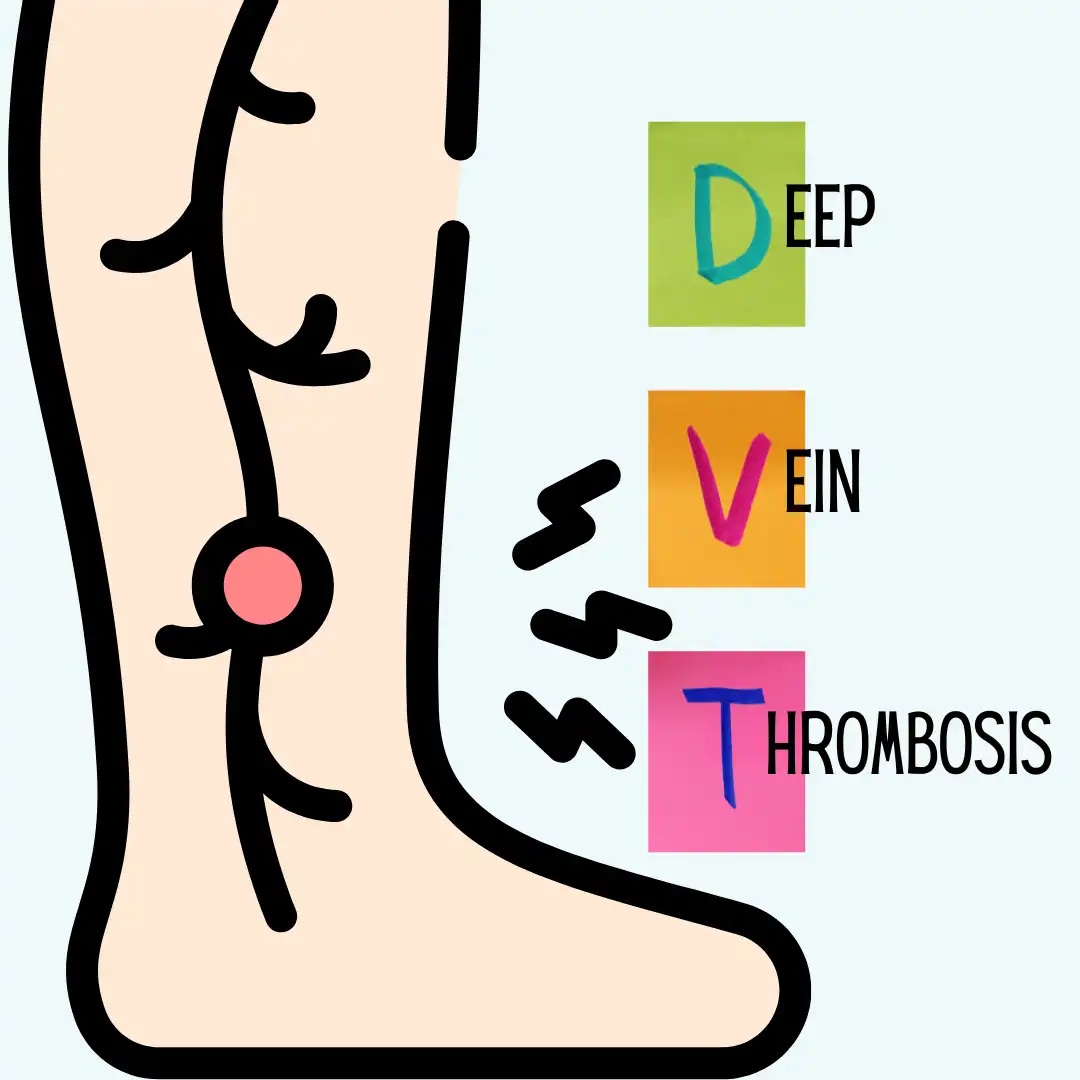Understanding Deep Vein Thrombosis (DVT)
Deep Vein Thrombosis is a medical condition characterized by the formation of blood clots in deep veins, typically in the legs. These clots can pose serious health risks if they break loose and travel to the lungs, causing a potentially life-threatening condition known as pulmonary embolism.
Causes and Risk Factors
Several factors contribute to the development of DVT, including:
- Immobility: Prolonged periods of immobility, such as long flights or bed rest.
- Surgery or Trauma: Certain surgeries or injuries can increase the risk.
- Genetics: Family history of blood clotting disorders.
- Medical Conditions: Conditions like cancer, obesity, and inflammatory disorders.
- Age and Gender: Older age and being female may increase susceptibility.
Symptoms
Identifying the symptoms of DVT is crucial for early intervention. Common symptoms include:
- Swelling: Often in one leg and may be accompanied by pain or tenderness.
- Warmth and Redness: The affected area may feel warm to the touch and appear red.
- Leg Pain: Persistent or cramp-like pain, especially when standing or walking.
Diagnosis
Accurate and timely diagnosis is essential for effective management. Diagnostic methods may include:
- Ultrasound: A non-invasive imaging test to visualize blood flow and detect clots.
- D-dimer Test: Measures a substance released when a blood clot breaks up.
- Venography: Invasive imaging using contrast dye to visualize blood flow in the veins.
Treatment Options
Management of DVT typically involves a combination of medications and lifestyle changes, including:
- Anticoagulant Medications: Blood thinners to prevent further clotting.
- Compression Stockings: Improve blood flow and reduce swelling.
- Elevation and Movement: Keeping the affected leg elevated and engaging in regular, gentle movement.
Prevention
Taking proactive steps to prevent DVT is essential, especially for individuals with known risk factors. Prevention strategies include:
- Regular Exercise: Promoting healthy blood circulation.
- Hydration: Staying well-hydrated to prevent blood thickening.
- Avoiding Prolonged Immobility: Regularly moving and stretching during long periods of sitting or lying down.
Conclusion
Empower yourself with knowledge about DVT to make informed decisions about your health. While this guide provides valuable insights, it is important to consult with healthcare professionals for personalized advice and treatment plans.
If you experience symptoms or have concerns about DVT, seek medical attention promptly. Your well-being is our priority, and we encourage you to stay vigilant, adopt preventive measures, and collaborate with healthcare providers for optimal vascular health.

